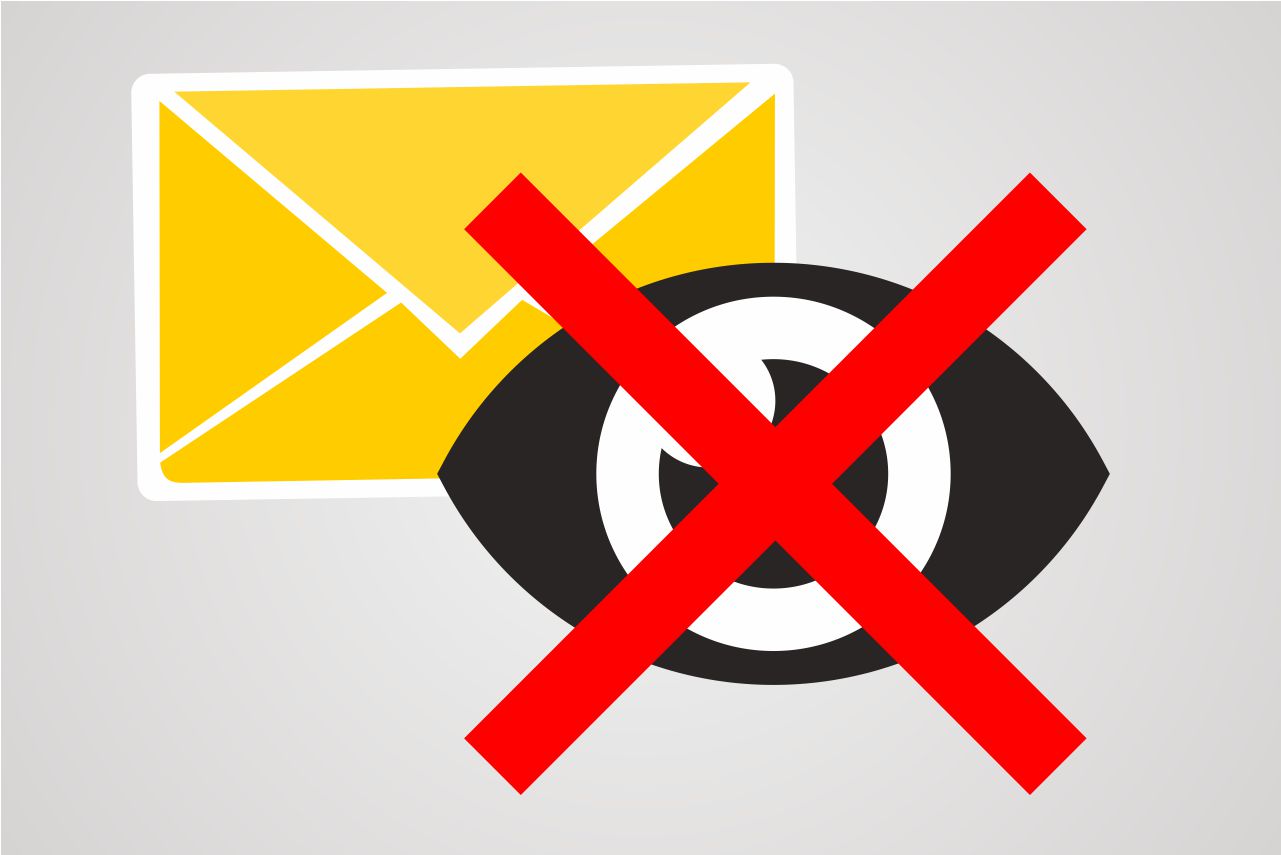In this era of fast-paced work environment and information overload, it is hard to keep note all the commitments, meetings and deliverables without feeling stressed. Sometimes, you miss an item on your journal or your online calendar is not enough. This is where alerting software comes in.
An alerting software is like your virtual assistant where you can apply across groups or individuals to deliver messages like urgent bulletins, emergency preparations, updates and many more. With alerts, information can be communicated across the entire company from 5 people to 5,000 people nationwide or even extending to networks around the world. They are generally fast and easy to set-up which may also be conveniently used in conjunction with other applications such as documents, videos, images, audio and multi-media files.
Desktop instant messaging
One of the famous types of alerting software is instant messaging. It runs seamlessly in the desktop and offers more immediate message delivery than e-mail. It has the feature to distribute message to a number of users and has sharing functionality where users can embed attachments, graphics and hyperlinks. It also maintains presence capabilities where users can determine the current state of users they are allowed to view (whether they are on the desk or away from the keyboard). This is another feature instant messaging provides an edge to traditional e-mails.
Mobile alert
Mobile alerts remain to be indispensable among the alert software due to its capability to send and receive messages even without the use of Internet or intranet. Employees who are almost always outside like the sales people and support group can now be reached even when they are away from their computers. Messages can be predetermined according to the desired date and time, recurrence and distribution list. It has statistics feature where you can track down message deliveries on specific users and their respective devices.
Mobile alerts are programmed to be compatible to all mobile devices with Android, iOS, Blackberry support and others. With the push notifications, it is easy for employees to see new updates without having to connect online.
Locked screen delivery
When you want to delivery information and you need to ensure that employees will be able to read it, you can choose a locked screen alert. Messages will be delivered to computers when they are locked after a certain period of inactivity. Perhaps the most relevant feature of locked screen alerts is its acknowledgement feature where users must confirm receipt of message before it disappears automatically. Its nature is of the top urgency so it will pop up even the screensaver is active or even when there is an ongoing alert. Furthermore, it also has attachment support as companies can include documents, newsletters and multimedia support like flash, videos and HTML content. Similar to mobile alerts, it has a scheduling and recurrence function as well as tracking where you can monitor your message delivery down to specific users and devices. Users can also print out the contents of the message or share with other users.
Scrolling news ticker
Generally, alerts have a high sense of urgency thus the need for immediate message visibility and fast delivery. However, these often times interrupt employees from their work and will take them longer time to get back into momentum. Hence, companywide messages that are important but not of the urgent nature can be delivered via desktop news ticker. They will appear on the screen border and can be dragged anywhere on the desktop. You can embed hyperlinks and source feed from the intranet, websites or blogs. It has the basic functions of scheduling, recurrence and auto close. With this, you contribute to reducing the information overload employees receive from their e-mail inbox. Should employees want to search archived news, they can quickly search from the history and reference received messages.
Employee survey
Another way to get instant feedback from employees is through employee surveys. You can now tap the collective opinion or employee perspective regarding your current campaign, policy or development through survey tools. This can be done through creating and sending surveys which can be conditional, open-answer or multiple-answer type. It’s the fastest way to interview employees, get instant feedback and calculate results. Employee surveys sent on specific computers target the feedback of segmented groups by function or location. You can place employee surveys in the intranet as “pulse surveys” to determine the opinion of the total population or simply to check in on things. It also guarantees reliability of information as feedbacks are sent with anonymity and transparency.
With alerting software, you get to enjoy a wide range of benefits including enhanced operational productivity owing to fast response in sales or service. It offers reliable communication as everyone is kept informed in real-time and generally has advanced encryption ensuring security of information.




